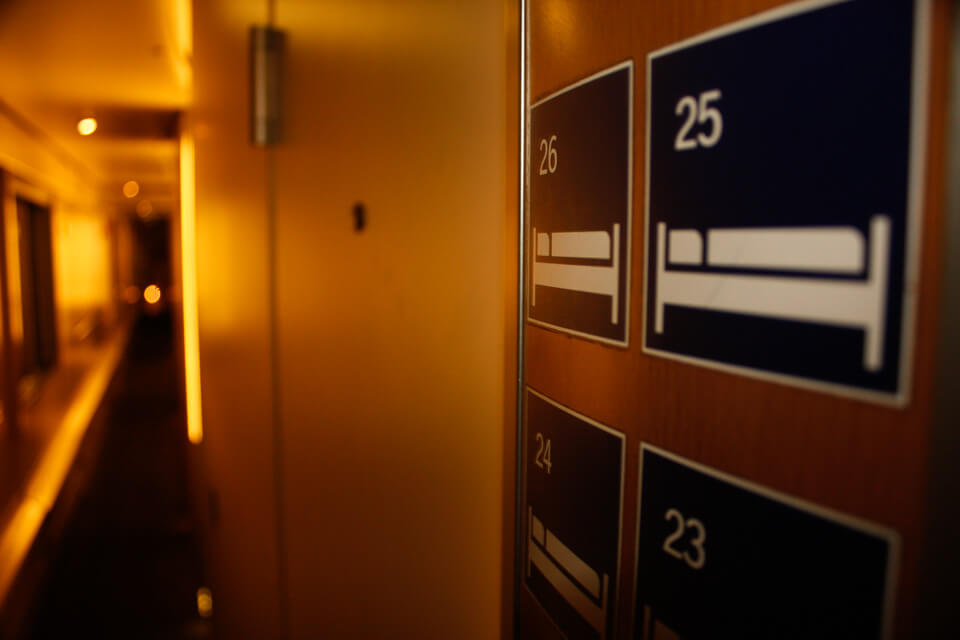A magnificent sleeper-train article
A travel-writer friend of mine has pointed me to what he considers to be one of the finest articles ever written about sleeper trains.
The print article is The Enduring Romance of the Night Train, by Anthony Lane in the Letter From Europe section of the New Yorker magazine, May 2020 edition.
Riding the Calendonian sleeper, the author begins by perusing the Room Service Menu, which includes:
‘Pies, cheeses, broth, smoked venison on a platter, and a parade of wines and spirits: all these, and more, could be ferried to one’s bedside. Caledoniaphiles were urged to dine on “Haggis, Neeps & Tatties”—neeps meaning turnips, tatties meaning potatoes, and haggis meaning all your deepest terrors wrapped up in a sphere of stomach skin, then boiled.’
I love his analysis of the sleeper-train pricing structure:
‘The economics of night trains, in Europe and elsewhere, rest on two basic theorems. First, the closer you adhere to the perpendicular, the less you pay…Second, once you do lie flat, communal flatness is better value than solitude.’
And of the environmental benefit of rail:
‘The science is solid. If our Milanese broker flies to Paris (a distance of around four hundred miles), he will—not personally, of course, unless he asked for a second helping of osso buco the night before—release one hundred kilograms of carbon dioxide into the atmosphere. That’s not counting the taxi rides to Linate Airport at one end and from Orly at the other, probably in a fuming snarl of traffic. Should he go overnight by train, the journey will be more circuitous, and maybe thirty miles longer, but the CO2 output will be under four kilos. That’s quite a difference, and it’s genuinely hard to spot a downside, unless it’s the annoying halo of ethical self-satisfaction atop our traveller’s head.’
And the night trains are stealing back customers from airlines, with Austrian carrier ÖBB and it's NightJet fleet:
'ÖBB estimates that the rest of its night network has already saved the world twelve thousand short-haul flights a year: a delicious irony, given how greedily the budget airlines have eaten into train travel in recent decades.'

But beyond the practical appeal is that frisson…
'At stake, you might say, is a sense of latent adventure. Although it is unlikely, as you clatter through the night, that anything of note will befall you, the prospect that it could feels ever present, just out of sight beyond the next curve of the track.'
'To remain awake to that possibility, even as we’re meant to be sleeping, is the privilege that beckons some of us back, year after year, to this awkward and beguiling locomotion.
'No wonder trains and movies make such cozy bedfellows—so cozy that a train zipping through the darkness, with windows illuminated, actually looks like a strip of film.'
And finally, some parting advice:
'A suggestion, then, for your compulsory hours of leisure: pick a landmass, get hold of a map, run your finger along the healed scars of the railroad lines, locate the stations, and start to plot. The necklace of lights is out there, somewhere, wrapped in the velvet of the dark. You may never find them; you may miss them entirely, glancing up too late from the window of your train; you may sleep through them, soothed by the loud lullaby of the wheels. But the hunt for the jewels is endless, and priceless, and the night, your co-conspirator, is here to help.'
Here is the full article: The Enduring Romance of the Night Train, by Anthony Lane in the New Yorker.


 Back
Back